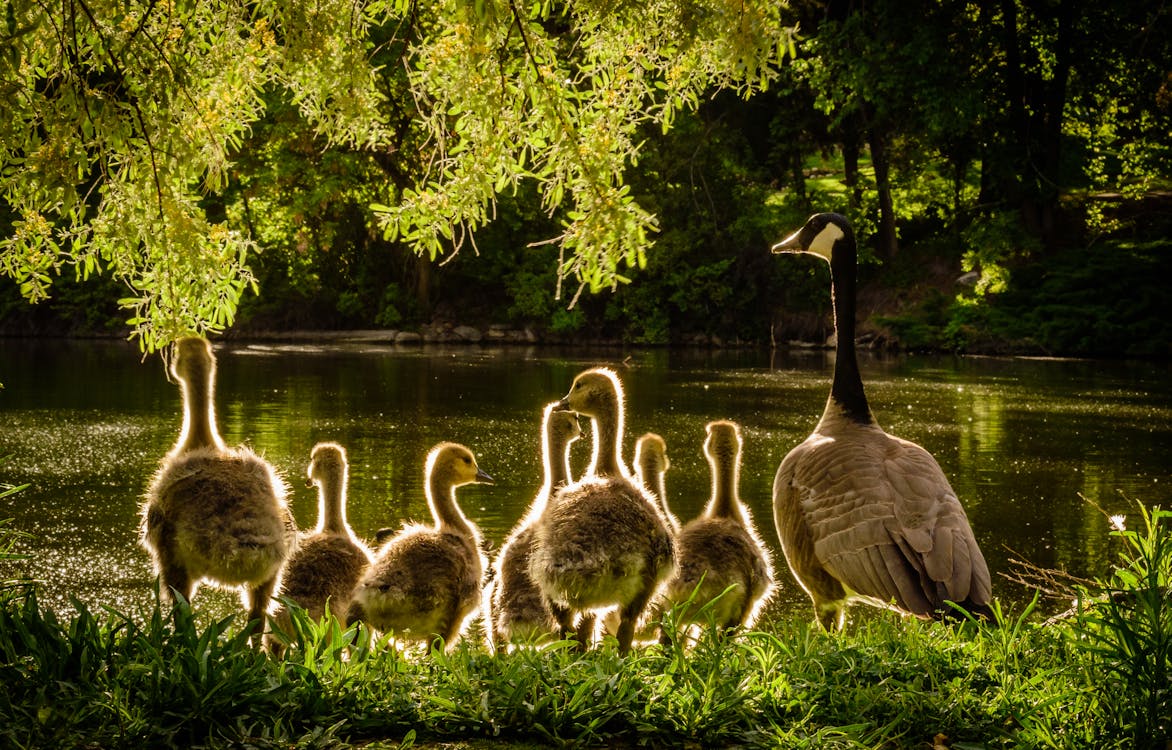Ducks are some of the most common and loved domesticated animals in the world, but that doesn’t mean they aren’t still full of mystery and surprises! To celebrate National Duck Day, we’ve put together a list of some of the most fascinating facts about this beloved winged creature. What do you think makes these ducks so fascinating? Let us know in the comments below!
1) Duck Eggs

Duck eggs are edible, but they’re not easy to come by. You can find them at a farmer’s market or you might have to buy them from a breeder. The duck egg has about twice the cholesterol and fat of a chicken egg, so it needs to be consumed in moderation.
2) They are Flightless Birds
Ducks are flightless birds that have unusually long necks and webbed feet. They typically live near water or in wetland areas because they like to swim. They can be found in North America, Europe, Asia, and Africa. There are over 40 different species of ducks. The most common type is the mallard duck which makes up about one-third of all duck species.
3) They Eat Fish, Insects, Worms and Snails

Ducks eat a variety of food depending on what is available in their habitat. They are opportunistic feeders and have been known to eat insects, worms, snails, and fish if they can find them. They also enjoy corn, watermelon, broccoli and bread!
Mama Duck Guides her Babies with a Quack: A mother duck will quack loudly from the water’s edge to guide her young back from danger.
4) Their Feathers Melt Into Water (in case they fall in it)
One of the most interesting facts about ducks is that they have a layer of downy feathers that helps to keep them dry. Down feathers are wispier and thicker than the other feathers on their body, which makes it look like they’re wearing a coat or sweater made out of their own feathers. If they fall into some water, these feathers will eventually melt into the liquid, trapping air bubbles between them. This means that if you drop a duck in a bowl of water, it won’t sink like other objects!
5) They Look Ugly When Wet

Ducks are often seen as a bird that is cute and cuddly, but ugly when it gets wet. This is because their feathers get soaked in water and become heavy, which can make them look quite unappealing. However, their dry feathers usually have an iridescent sheen to them and they keep the duck’s shape.
A Duck Can’t Eat Solid Foods: Ducks are incapable of eating solid foods so they mostly rely on the liquid diet they get from the plants they eat.
6) Ducklings can’t walk when they hatch
Ducklings, like most young birds, are born completely helpless and unable to walk. Ducklings hatch with short, stubby legs that are not strong enough to support their weight. They can’t walk when they hatch and will instead waddle around on their bellies until they grow into their legs.
7) Duck Eggs are a Great Source of Protein and Vitamins

Duck eggs are an excellent source of protein, healthy fats, and vitamins. And since they’re so rich in nutrients, ducks can produce a lot of eggs! One duck can lay up to 300 eggs per year. By comparison, chickens only lay about 10-12 eggs per year on average.
8) Duck Meat Tastes Good if Cooked Right
Duck meat tastes good when cooked right. Duck is a great alternative to other poultry that might be more expensive or less available at certain times of the year, like turkey. The flavor of duck is milder and less gamy than most other game meats, which can make it more palatable for some people.
9) They Mate for Life (More or Less)

Not only do male and female ducks mate for life, but they also take turns incubating their eggs. The male duck sits on the eggs while the female duck goes out to find food. When she comes back, they switch roles. That’s dedication!
10) Over 1 Billion Ducks are Farmed Each Year
The Pekin duck is one of the most common types of duck raised in North America. The Pekin duck is a crossbreed between the Mallard and the Rouen. This breed was developed in France and is named after Peking, China, where it was first exported from France to Asia. Today, over 1 billion ducks are farmed each year with more than 85% being raised for meat production.

